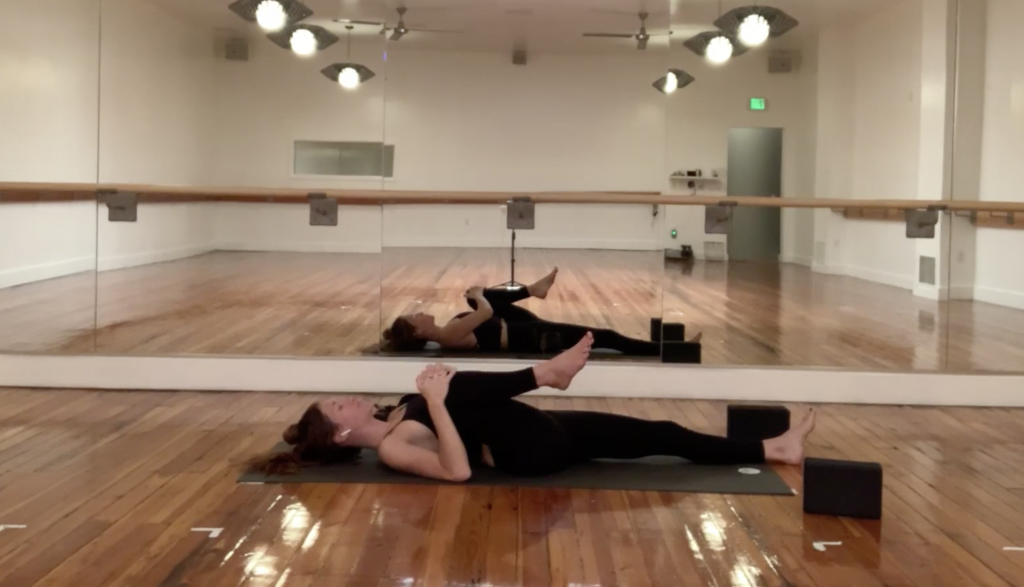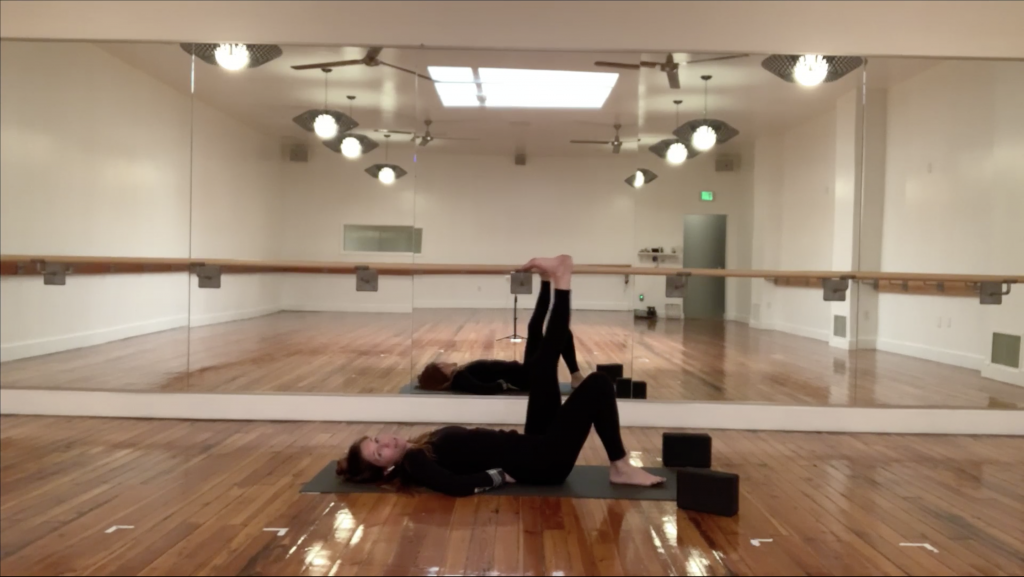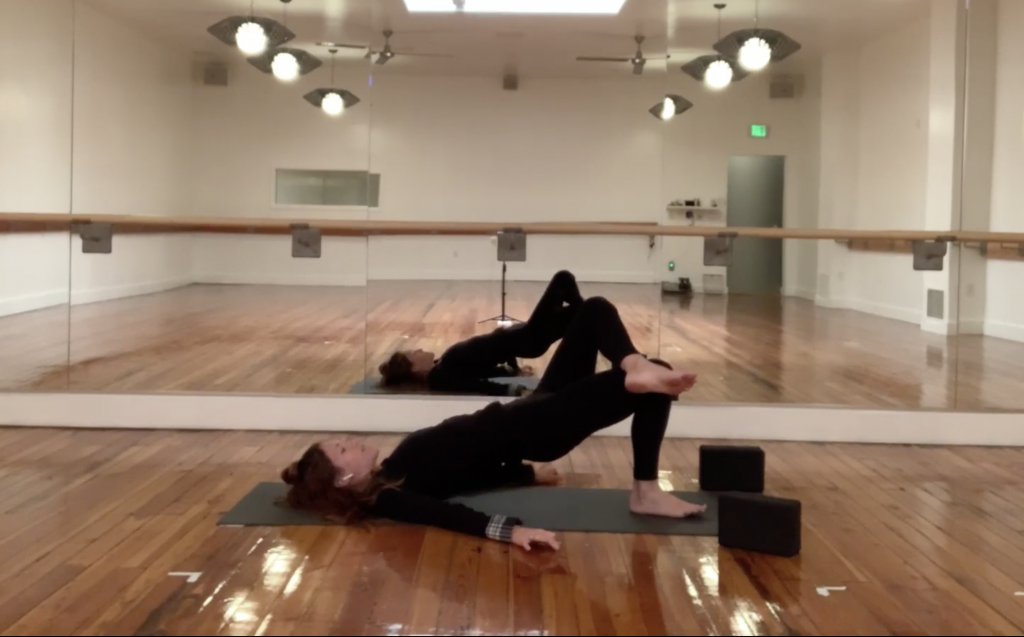If you are over the age of 30, chances are you may have already experienced a bout of low back pain. In fact, it’s estimated that 80% of adults will experience persistent or chronic back pain that limits daily activity at some point in their life. And, while low back pain can be attributed to accidents or injuries, the number one cause appears to be aging.
Don’t despair though, with the right lifestyle approach low back pain doesn’t need to be an inevitable part of aging. Keeping your spine flexible and healthy requires some attention and maintenance but it is absolutely possible to avoid chronic back pain that sidelines you from your favorite activities.
What stretches help low back pain?
If you want to keep your spine healthy to prevent low back pain, you have to focus on flexibility as well as strength, and there’s no better way to do this than with a targeted stretching plan. Specifically, your hamstrings, glutes, hip flexors, and low back muscles all play a significant role in determining how your back functions and feels.
Here are a few stretches to try both when low back pain rears its ugly head as well as simply to prevent pain in the first place.

Alternating knee pulls
Lie on your back with both legs extended. Hug your right knee into your chest, keeping your left leg long and on the ground; slowly and mindfully switch and hug your left knee into your chest while extending your right leg. Repeat a few times on each side, focusing on the length you are creating in your hip flexor and the gentle compression/stretch in your low back.
Cat/Cow pose
This classic yoga pose helps stretch the low back and relieve associate pain. Start on all fours with your shoulders stacked over your wrists and your hips stacked over your knees. On an exhale, press the floor away from you as you arch your back and engage your abdominals. On an inhale breath, allow your belly to soften toward the floor as you gently gaze upward. Using your breath, flow between cat and cow for 10-15 breath cycles to help release any tension in your low back.

Pelvic tilt
This is a simple, yet effective, way to release tight low back muscles and it can almost act as a self-massage for tight muscles. Lie on your back with your knees bent and feet flat on the floor. Using your breath, start to gently press your low back into the floor as you engage your abdominals. As you inhale, slowly rock your pelvis forward, creating space between your low back and the floor; repeat 10-12 times. It’s a small and subtle movement that can provide great relief for low back pain.
T-Stretch with trunk rotation:
This is a great way to stretch the muscles of the hips and low back while simultaneously strengthening the oblique muscles. Lie on your back with your arms stretched out to the side, palms facing down, in a “T” position. Bring your legs to tabletop, knees stacked over your hips. Keeping your knees together, slowly lower your legs to the right side, keeping your left shoulder on the ground. Using your core strength, bring your knees back to the starting position and lower them to the left side. Repeat this 6-8 times on each side.

Supported bridge or bridge pose
You may have performed this pose in a yoga class as well and it’s one of my favorites for releasing tension in the low back. Set up as if you were going to do a bridge pose and then slide a yoga block underneath your sacrum. Allow the yoga block to support your body weight and simply breathe in this supported position which will help decompress the spine and release tension in the surrounding muscles.
Incorporate some of these stretches before your next workout, or as a movement break, to help alleviate (and prevent!) low back pain!
Preventative Care
In addition to the previously mentioned stretches, which are great to incorporate before back pain strikes, there are some things you can do to keep your spine healthy and happy. For starters, maintain a healthy weight. The fact of the matter is that if you are carrying excess weight, especially in your midsection, it can put undue stress on your spine. And, if you aren’t already doing so, make core strengthening part of your weekly workout plan. Planks, bird dog, bridges, crunches, and bicycle sit-ups are all great exercises to help create a strong core.
Is yoga good for back pain?
As a general rule, yoga can be very beneficial in alleviating low back pain as well as creating the strength and flexibility to avoid back pain in the first place. Cat/Cow, Downward Facing Dog, Triangle, Cobra/Locust, Child’s Pose, Spinal Twist, Wide-Legged Forward Folds, and Pigeon are a few examples of beneficial postures that can help stretch the hamstrings and hips while simultaneously strengthening and releasing the muscles of the low back.
A gentle yoga class focused on spinal health and low back pain is a great place to start and, if you are experiencing back pain, avoid full Wheel Pose, Boat Pose, Upward-Facing Dog, or any posture that increases your pain. Ultimately you are your best teacher and learning to tap into what feels good in your body, over what an instructor is cueing, is the key to staying safe.
Things to avoid
If you are experiencing low back pain you should generally avoid anything that increases your pain. Avoid sitting for prolonged periods of time, lifting heavy objects, excessive bending, sleeping on your stomach, slouching, or consuming a highly inflammatory diet which can exacerbate symptoms. Start slowly at first, but reintroduce movement, stretching, and strengthening and consider adding in yoga, massage, acupuncture, or chiropractic care to help alleviate the symptoms.
Explore the Ohana library of classes with a handful of low-back specific classes when you sign up for your 14-day trial of Ohana online.